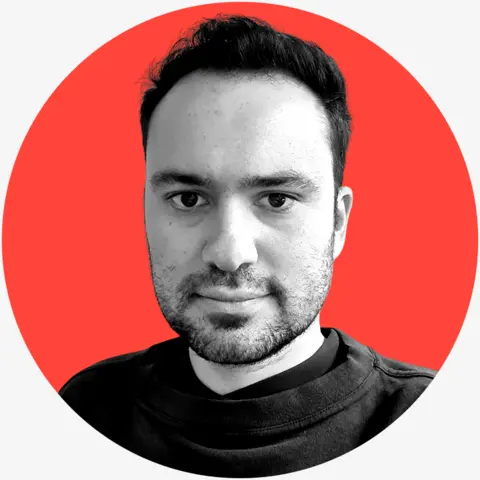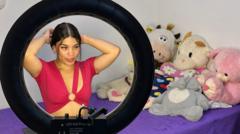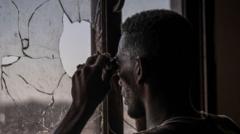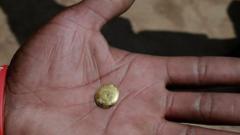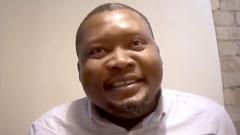Harold Dillard was 56 when he was diagnosed with an aggressive cancer around his abdomen in November 2009. Within weeks the former car mechanic and handyman - a Texan Mr Fix It type who wore a cowboy hat and jeans nearly every day - was in end-of-life hospice care.
In his final days, Mr. Dillard was visited at the hospice by a company called Bio Care. They asked if he might like to donate his body to medical science, where it could be used by doctors to practice knee replacement surgery. The company would cremate the parts of his body that weren't used and return his ashes free of charge.
His eyes lit up, his daughter, Farrah Fasold, remembers. He viewed that as lessening the burden on his family. Donating his body was the last selfless thing he could do.
Mr. Dillard died on Christmas Eve, and within hours, a car from Bio Care pulled up outside the hospice and drove his body away.
A few months later, his daughter received a call from the police. They had found her father's head.
At the company's warehouse, police say they found more than 100 body parts belonging to 45 people. All of the bodies appeared to have been dismembered by a coarse cutting instrument, such as a chainsaw, a detective wrote at the time.
Ms. Fasold says she imagined her father's body would be handled with respect - but instead it was mutilated, she believes.
I would close my eyes at night and see huge red tubs filled with body parts. I had insomnia. I wasn't sleeping.
The company said through a lawyer that they denied mistreating bodies. The firm no longer exists, and its former owners could not be reached for comment.
This was Ms. Fasold's first introduction to the world of so-called body brokers: private companies that acquire corpses, dissect them, and then sell the limbs for a profit, often to medical research centers.
For critics, the industry represents a modern form of grave-robbing. Others argue that body donation is essential for medical research and that private companies are simply filling a gap left by universities, who consistently fail to acquire enough dead bodies to support their education and research programs.
Since at least the 19th Century, when the teaching of medicine expanded, some scientifically-minded people have liked the idea that their corpse could be used to train doctors. Brandi Schmitt is director of the anatomical donation program at the University of California, which receives approximately 1,600 whole-body donations annually.
The for-profit body part trade is effectively outlawed in the UK and other European countries, but looser regulation in the US has allowed the trade to flourish. The largest investigation of its kind found that one of the firms earned substantial revenue from the body-part business.
Critics highlight concerns about a lack of respect for the deceased and exploitation of grieving families, reinforcing the need for regulatory oversight in the industry.
As perspectives on body donations evolve, discussions surrounding potential regulations, comparable to those on organ donations, gain traction in an attempt to ensure ethical practices and protect the dignity of individuals even in death.

